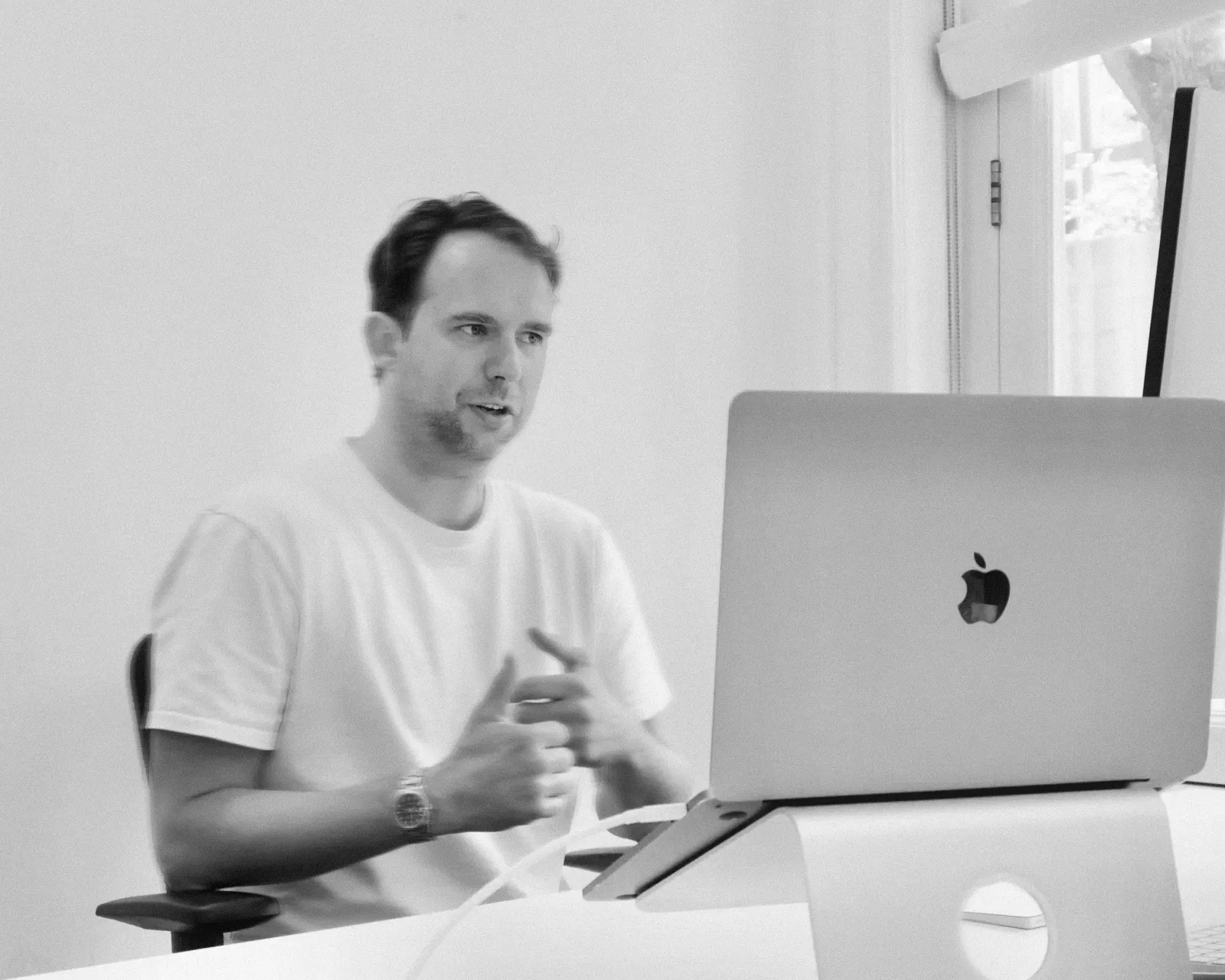The aging population in the Netherlands and how our pension is under pressure
The pension system as a fragile house of cards
Imagine a house of cards, carefully built by generations. Each card represents a working Dutch person, who keeps the house strong with his or her contributions. But what happens if the base becomes smaller and smaller, while the top layers continue to grow? The house of cards falters. This is exactly what is happening with our pension system. The Netherlands is aging rapidly. More and more people are reaching retirement age, while the number of workers is becoming relatively smaller. This creates a challenging balance in a system that relies on solidarity between generations.
The pension system currently works in such a way that young people contribute premiums with which older people receive their pensions. But with an increasing aging population - the number of pensioners versus workers - it is becoming increasingly difficult to keep this model afloat. The question is: how long can we keep this house of cards stable without fundamental changes?
The figures behind the challenge
To better understand the challenge, let's look at the numbers:
- In 2024, the Netherlands has over 3.67 million people aged 65 and over, or 20.5% of the population.
- The old-age dependency ratio – the number of pensioners compared to those aged 20-64 – is now 34.9%, an increase compared to previous years.
- Forecasts show that around 2040 approximately a quarter of the population will be 65 or older.
- In 2050, the old-age dependency ratio will rise to 44%, which means that there will be just over two workers for every retiree.
In addition, it appears that approximately 765,000 employees do not have a pension plan through their employer, which means that after retirement they are completely dependent on the state pension (AOW) or individual savings. The situation is even more dire for the self-employed: only 24% are building up a substantial pension. This means that for a large group of people, the risk of a pension gap is increasing, with possible financial uncertainty in old age as a result.
Legislation and policy measures
The Dutch government has already implemented several reforms to address the pension challenges. The Pension Act of the Future (WTP), which came into effect on July 1, 2023, aims to create a more flexible and personal pension system. The key points of this law are:
- The transition to a defined contribution scheme instead of a defined benefit scheme, making pensions less dependent on interest rates and more aligned with individual choices.
- Personal pension pots: Every employee gains insight into his or her own saved pension assets.
- More accessible schemes for the self-employed: The self-employed will have more opportunities to build up a pension in a tax-efficient way.
- Change in survivor's pension: The new system ensures that survivor's pension is arranged more simply and transparently.
These reforms are an important step, but the question remains whether they are sufficient to absorb the growing pressure on the pension system.
Practical examples: What does this mean for you?
To make the impact of the aging population and the new pension law tangible, we look at three fictional Dutch people:
- Emma (25 years old, starter in paid employment): Thanks to the WTP, she receives a personal pension pot, which gives her more insight into her accumulated capital and allows her to respond more flexibly to changes in her career.
- Mark (40 years old, self-employed): He has barely built up any pension, but thanks to the improved regulations for the self-employed, he can now start contributing in a tax-efficient manner.
- Hans (60 years old, almost retired): Hans notices that his pension is less guaranteed than with older generations, but he benefits from the new choices in investment options within his pension fund.
These changes make pension planning more personal and transparent, but also require individuals to be better informed about their options.
International comparison: how are other countries doing?
The Netherlands is known for a strong pension system, but other countries offer interesting lessons:
- Denmark: Switched to an individual pension system with collective elements early on, which ensures a stable and flexible system.
- Sweden: A system in which pension politics is largely depoliticized. Pensions automatically adapt to economic developments, requiring less political interference.
- Germany: Facing challenges because many workers do not have a supplementary pension. Reforms such as an equity fund are being considered to strengthen the system.
- United States: Many Americans do not build up a pension through their employer. Initiatives such as auto-enrollment are trying to improve this, inspired by the British system that has doubled pension accrual in the private sector.
Possible solutions
What can we do to reduce the pressure on our pension system? Here are some concrete solutions:
- Linking retirement age to life expectancy
- The Netherlands already does this in part, but could make it even more flexible, as in Sweden.
- More options for individual pension management
- Through digitization and AI, personalized pension plans can be better tailored to individual needs.
- Promote broader pension awareness and participation
- More mandatory accrual for the self-employed and freelancers can help close pension gaps.
- Sustainable investing to increase returns
- Pension funds can benefit from sustainable investments that provide stable long-term returns.
- Better communication about pension choices
- Employers and pension funds can use digital tools to give employees better insight into their future financial situation.
So what is the key?
The aging population poses major challenges to our pension system, but with timely reforms and innovative solutions, we can make the system future-proof. The Pension Act for the Future is a step in the right direction, but more is needed to close the growing pension gaps and give younger generations confidence in their financial future.
Core of the problem: Aging leads to an ever-smaller group of workers per pensioner.
Key figures: The old-age dependency ratio is expected to rise to 44% in 2050, and 765,000 employees are not building up a pension.
Main solutions:
- More flexibility in retirement age
- Broader pension awareness
- Improved communication and personalized pension management
If there is one thing we want you to take away from this blog, it is this: check your pension via MijnPensioenoverzicht.nl, discuss your accrual with your employer and consider additional options such as investing. The sooner you have insight, the better you can plan your financial future. The house of cards can remain standing, but we must strengthen the foundation before the wind blows it over.

maak een afspraak
Klaar voor een moderne oplossing voor pensioen of vermogen? Maak vrijblijvend kennis met Vive en ontdek wat kan - voor jouw organisatie.
Complex pensioen, simpel uitgelegd - weet direct waar je staat
Persoonlijk gesprek voor jouw situatie en die van je werkenemers
In 30 minuten meer duidelijkheid dan uren googlen
Alle ruimte voor vragen aan onze ervaren pensioenexperts









